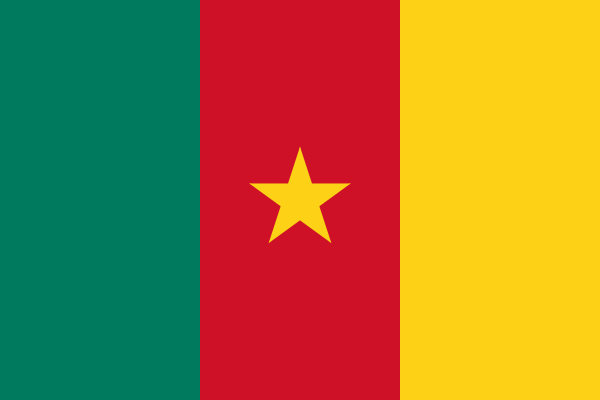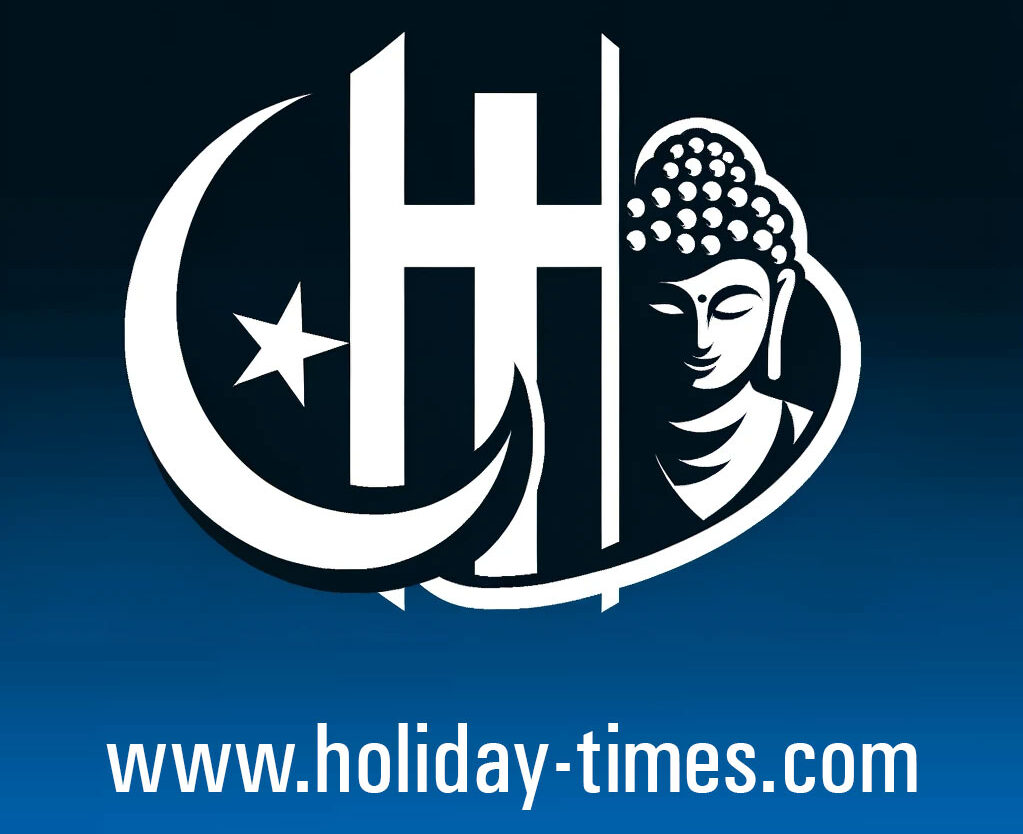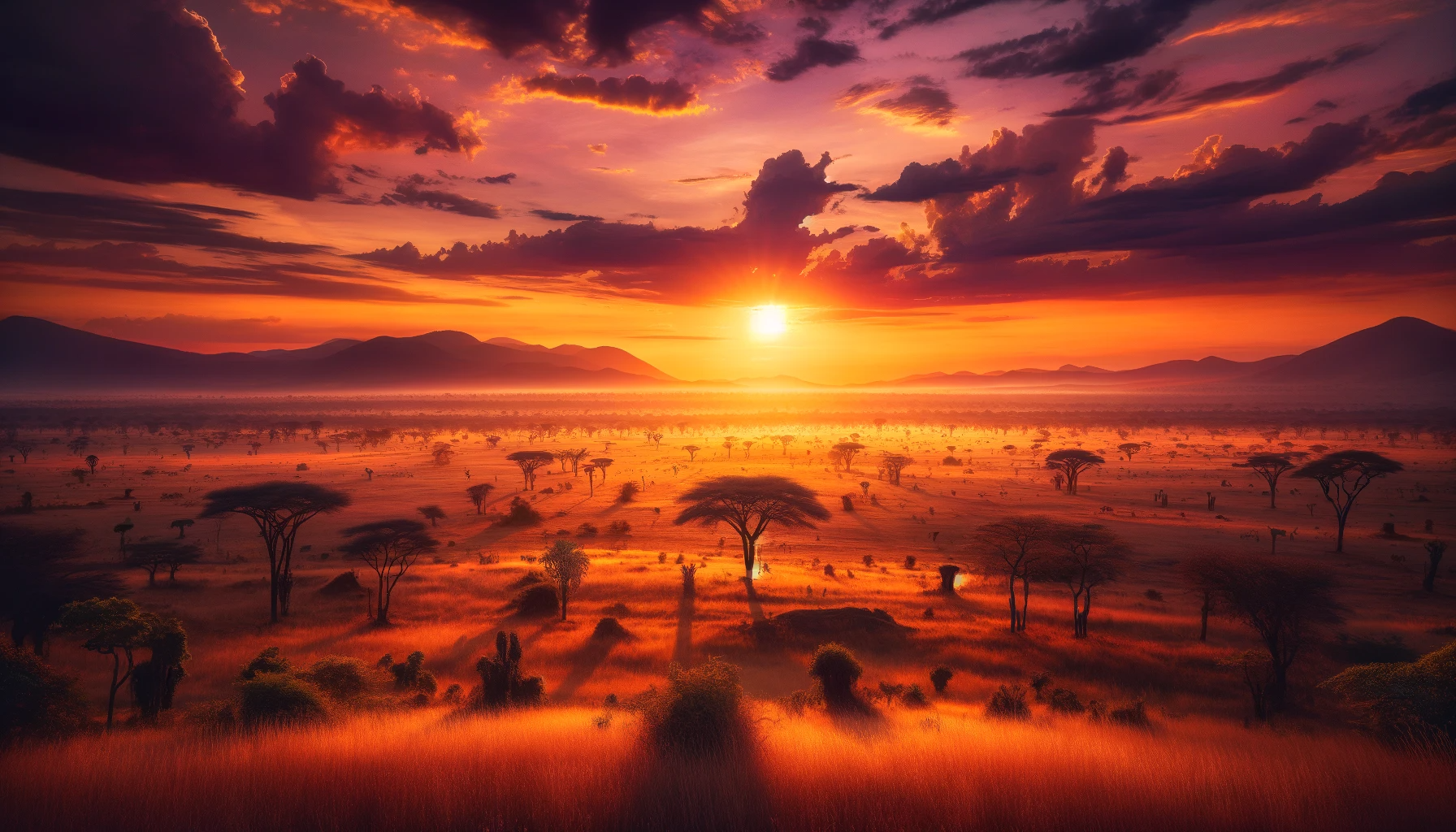Cameroon, often described as “Africa in miniature,” is located in Central Africa and exhibits all major climates and vegetation of the continent: coast, desert, mountains, rainforest, and savanna. The country is renowned for its linguistic and cultural diversity, hosting over 200 different linguistic groups. The capital, Yaoundé, and the largest city, Douala, are the most prominent urban centers. Cameroon’s landscape is equally diverse, featuring beaches along the coast, mountains like Mount Cameroon, and national parks (Waza National Park) teeming with wildlife, making it a microcosm of African geography and culture.
List of National and Public Holidays in Cameroon for the year 2024
- New Year’s Day: Monday, 1 January 2024
- Youth Day Holiday Cameroon: Monday, 12 February 2024
- Good Friday: Friday, 29 March 2024
- Djouldé Soumaé: Wednesday, 10 April 2024
- Labour Day: Wednesday, 1 May 2024
- Ascension Day: Thursday, 9 May 2024
- National Day: Monday, 20 May 2024
- Tabaski: Sunday, 16 June 2024
- Assumption Day: Thursday, 15 August 2024
- Christmas Day: Wednesday, 25 December 2024

Cameroon, often described as “Africa in miniature” due to its geographical and cultural diversity, stands out for its blend of natural landscapes, wildlife, and ethnic groups. Here’s a comprehensive summary:
History
- Early History: Inhabited by Bantu-speaking tribes and the Sao civilization.
- Colonial Era: Colonized by Germany and later divided between France and Britain after World War I.
- Independence: Gained independence in 1960 (French Cameroon) and 1961 (British Southern Cameroons).
- Post-Independence: Led by Ahmadou Ahidjo and then by Paul Biya from 1982 to present.
Geography
- Location: In West-Central Africa, bordering the Bight of Biafra (part of the Gulf of Guinea).
- Land Area: Approximately 475,442 square kilometers.
- Terrain: Features include coastal plains, mountains (Mt. Cameroon), and savannas.
- Climate: Varies from tropical along the coast to semi-arid and hot in the north.
Economy
- Agriculture: Mainstay of the economy – coffee, cocoa, cotton, rubber, bananas.
- Natural Resources: Oil and gas, timber, aluminum, and minerals like gold and diamonds.
- Challenges: Economic growth hampered by corruption and political instability.
Neighboring Countries
- Nigeria: Northwest
- Chad: Northeast
- Central African Republic: East
- Republic of the Congo: South
- Gabon: South
- Equatorial Guinea: Southwest
Culture
- Languages: Official languages are French and English; also home to 250+ native languages.
- Ethnic Groups: Over 250 ethnic groups including the Bantu, Semitic-Bantu, and Kirdi.
- Music and Dance: Known for Makossa and Bikutsi music, and vibrant traditional dances.
- Cuisine: Rich and varied, including dishes like Ndolé, Fufu, and Kati-Kati.
Wildlife and Environment
- National Parks: Notable parks include Waza, Korup, and Lobéké.
- Biodiversity: Rich in flora and fauna, including endangered species like gorillas and chimpanzees.
Challenges
- Political Tensions: Issues related to the Anglophone Crisis and Boko Haram insurgencies.
- Healthcare: Struggles with diseases like malaria, HIV/AIDS, and recent outbreaks.
Conclusion
Cameroon’s rich cultural heritage, diverse ecosystems, and natural resources make it a country of significant potential and vibrant traditions, despite facing various challenges.

